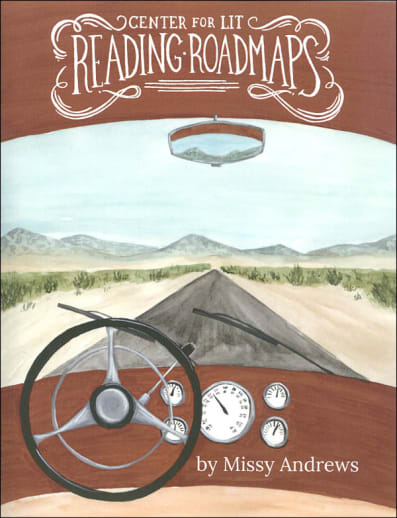This book should be on every homeschooler's desk (and I don't mean the bookshelf!). Rarely will you hear me be quite so emphatic, but this book is a treasure! Designed to be a companion to Teaching the Classics, a Socratic approach to teaching literature, and undoubtedly an amazing resource for those using that approach, it is also an incredible reference for anyone who wants flexibility in terms of teaching literature coupled with "just enough" structure.
The authors identified 200 books for grades K-12 and then (in a wonderful spreadsheet format) annotated them with tons of information plot, conflict, theme, aids & devices, and alternate titles (other books that could be used). In short, it lists everything you need at your fingertips to supervise a comprehensive literary analysis of the book. As if that weren't enough, they further reworked that annotated information into six different curriculum models daily, weekly, monthly, six-week, quarterly, and seasonal. These different models mean that you can teach literature in whatever way you want. Want to focus on literature everyday? Want to conduct a short-term co-op course? Want to hit literature "hard" for a little while and then be done? This resource will help you plan and implement any of these scenarios.
The usefulness doesn't end there, however. There are separate chapters on writing from literature, learning objectives by grade level, grading and assigning credits, and major historical periods in western literature. The writing from literature section gives a brief overview of writing assignments (what sort and how long) for the elementary, junior high, and senior high levels. On the other hand, the analytical essay is dissected very thoroughly and a helpful "tootsie-roll" diagram helps the student to see how the parts of the essay work together. Just as helpful is the model essay that illustrates the effective use of this diagram. The graded learning objectives for literature are quite specific and can be used as a scope and sequence or for developing lesson plans. I used high school literature texts as references when I wanted information about the history of literature, but to have that same information at my fingertips would have been a beautiful thing. 234 pgs. pb ~ Janice

